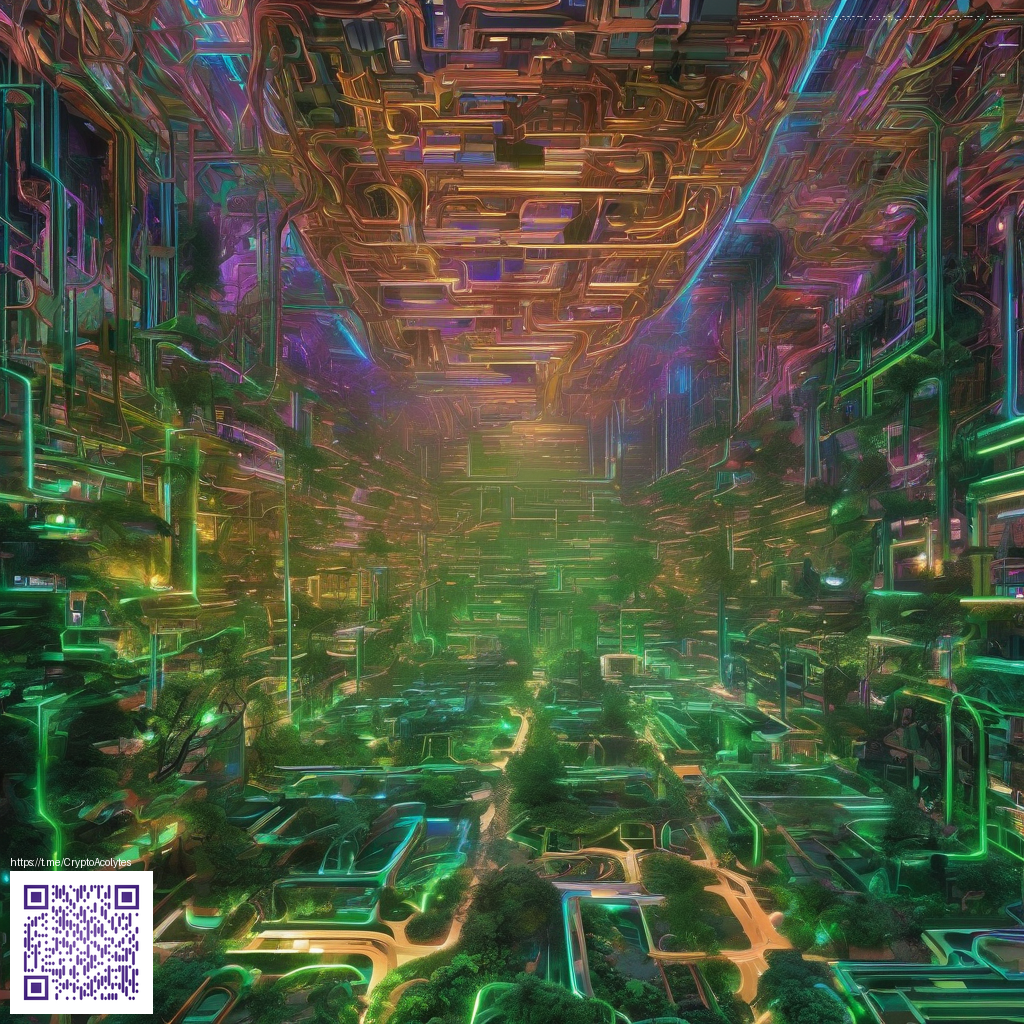
Impact on RPG Design and Player Culture
Since its debut in the mid nineties, the classic SNES RPG that launched a quiet but mighty wave of RPG storytelling has left an imprint that still shapes how developers approach mood, humor, and player agency. Its blend of quirky charm and genuine emotional resonance proved that a game could be playful and heartfelt at the same time. Designers today borrow that balance when crafting characters who feel like real people rather than props in a dungeon crawl 💠.
On a gameplay level the title demonstrated that turn based battles could be more than grind and stat checks. Its simple but cleverly paced combat system invites players to think about tempo, risk, and timing rather than just numbers. That emphasis on tactical pacing echoes in many modern titles where encounters are zones for storytelling as much as for challenge. The result is a lineage of RPGs that reward curiosity and patience alongside fast reflexes.
The setting treats everyday moments as stage rails for meaning. Towns, conversations, and side quests become mini narratives about kindness, courage, and growth. This approach has inspired a wave of indie RPGs that foreground character arcs and moral choices over pure power fantasy. In a crowded market, that humanist lens creates a distinct rhythm that players recognize and seek out again and again 🌑.
Undertale and the Narrative Lineage
Many observers trace a thread from the early era to modern indie sensations that lean on humor and subversion. A widely cited throughline is the way an upbeat aesthetic can accompany heavy themes. The venerable game is often discussed as a spiritual forebear to contemporary titles that experiment with player choice and vertical storytelling. When players describe Undertale as echoing an EarthBound-esque spirit, they’re pointing to a design philosophy that values warmth and subversion in equal measure.
What resonates most is how these games invite players to question the rules of combat and encounter design. Instead of declaring victory through brute force alone, they encourage empathy, strategy, and creative problem solving. That invitation to participate meaningfully in the story has helped build a culture where fan theories, speed runs, and fan-made sequels feel like natural extensions of the world rather than mere imitations 💠.
Community Insights and Modding Culture
The community surrounding retro RPGs thrives on preservation and playful experimentation. Fans translate, patch, and remix beloved games to keep them accessible for new generations. The practice of patching and fan localization keeps these classics alive on modern platforms and fosters a shared sense of stewardship among players. Modding communities around similar titles show how creative fans push a game beyond its initial boundaries while honoring its original spirit.
Modding also serves as a living archive of the culture that grew up with these games. It captures archived conversations, fan art, and the evolving expectations of players who want deeper lore, accessibility options, and sometimes entirely new quests. In this way a retro title continues to influence contemporary design decisions from how NPCs speak to how optional routes are rewarded. The dialogue between developers and fans grows richer when the community feels seen and heard 💡.
Update Coverage and Developer Commentary
Updates and revivals matter because they provide a bridge between the past and present. Official reissues and digital restorations introduce a wider audience to the original experience while offering context about its influence on later games. Creator commentary often emphasizes themes such as resilience and everyday heroism, which helps new players understand why the game remains a touchstone for genre writing. In parallel, scholars and critics continue to map the aesthetic and mechanical threads that link this title to later masterpieces.
For players who crave concrete references, the discussion frequently points to the Mother series as a broader canvas. The evolution from the early edition to subsequent remasters shows how a developer’s vision can traverse consoles and generations while preserving core sensibilities. The result is a shared memory among fans that enriches both retro playthroughs and modern experiments. The conversation stays lively as new generations discover the charm and depth behind the surface whimsy 👁️.
Notes on Preservation and Culture
Preservation is not just about keeping code running. It's about safeguarding a language of play that invites empathy, curiosity, and communal storytelling. When a game invites players to see a town as a living tapestry rather than a simple backdrop, it becomes a cultural artifact that informs how communities discuss identity, friendship, and perseverance. That lasting resonance is what drives the ongoing nostalgia boom while fueling fresh experimentation in indie studios and modding circles alike.
As the scene continues to evolve, a healthy culture around retro RPGs remains defined by welcoming new players, honoring original artistry, and encouraging creative reinterpretations. The lineage is clear even as the medium grows more diverse and ambitious. The legacy endures not just in memory but in the ongoing dialogues that shape new games and new communities.
Donate to Support a Decentralized Internet